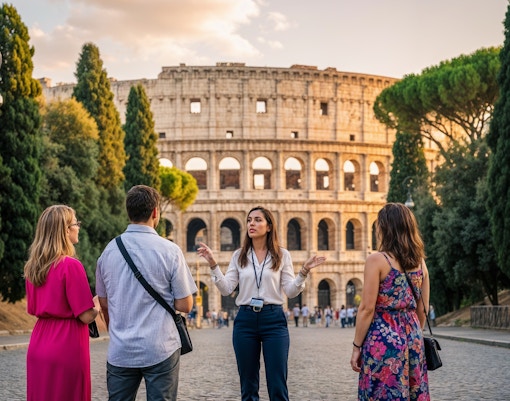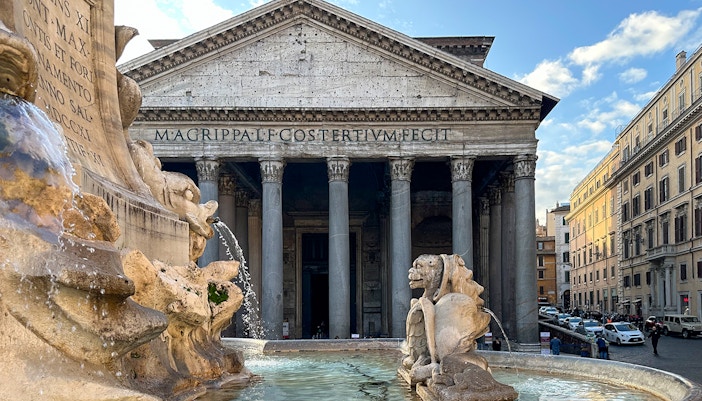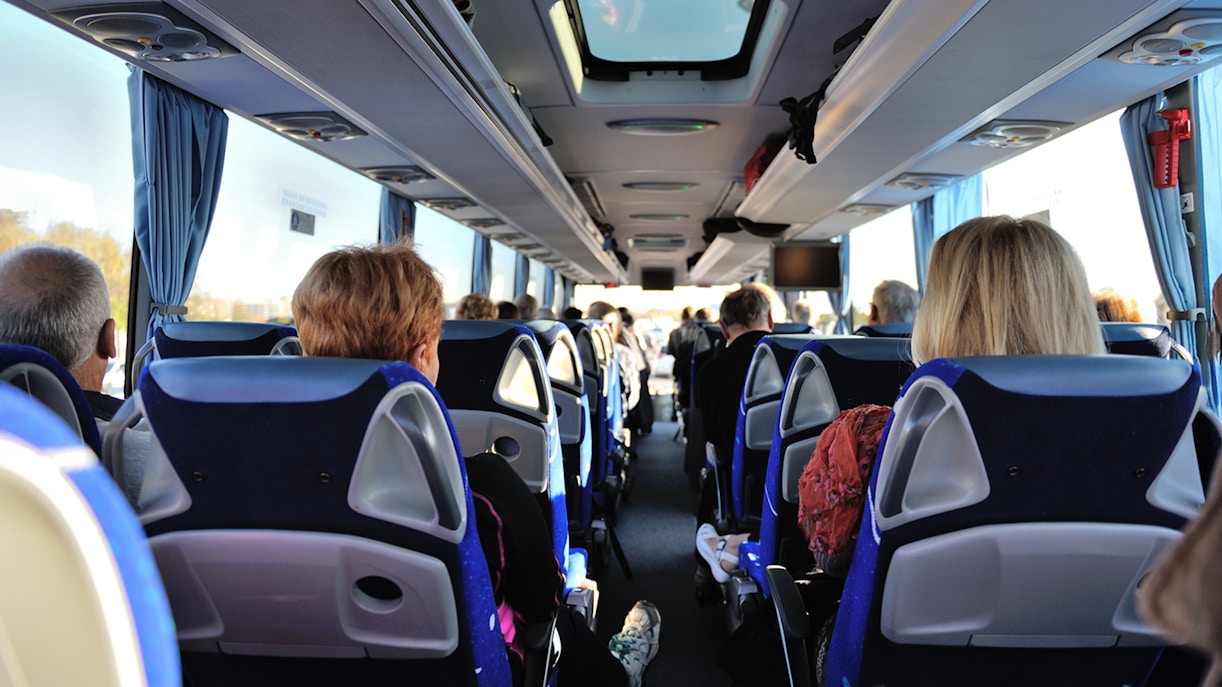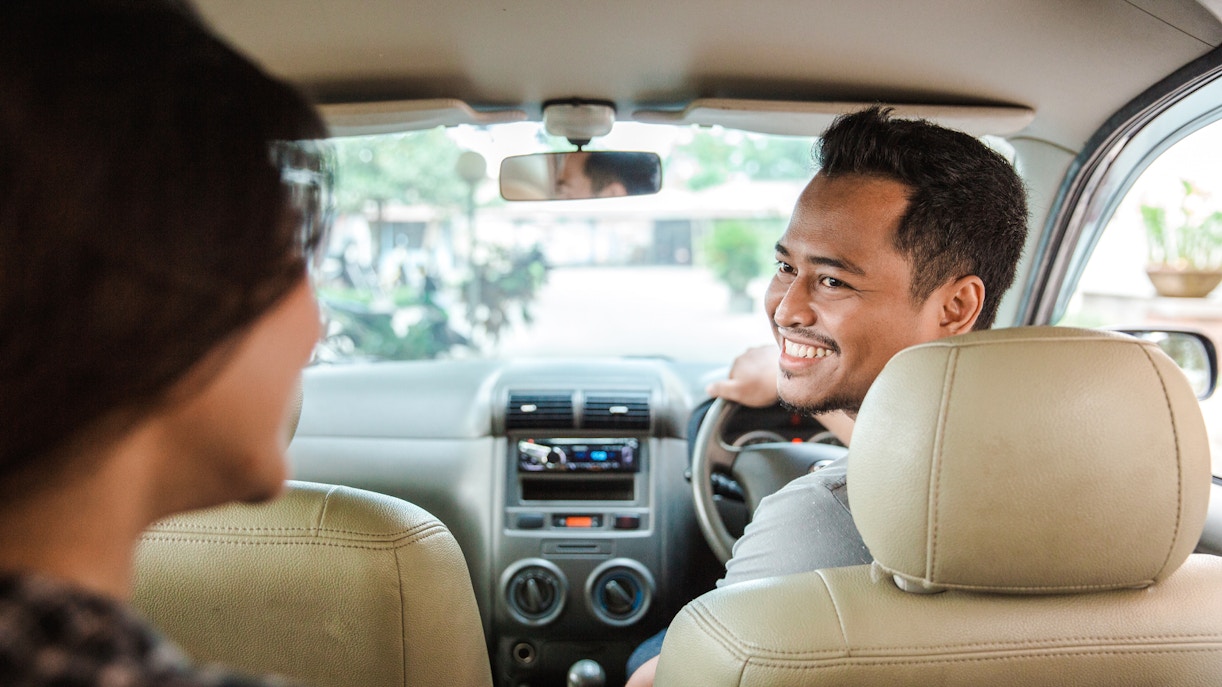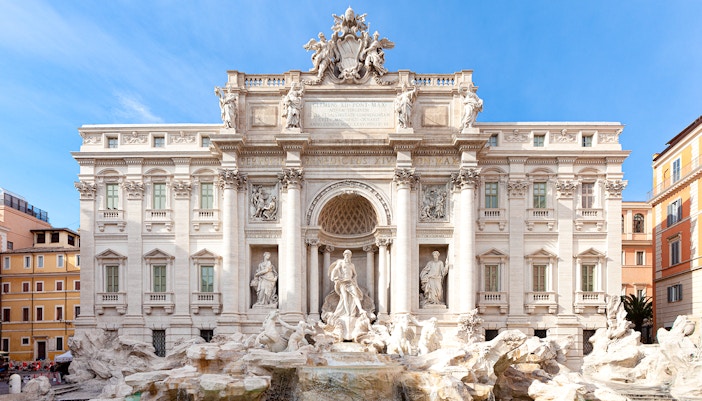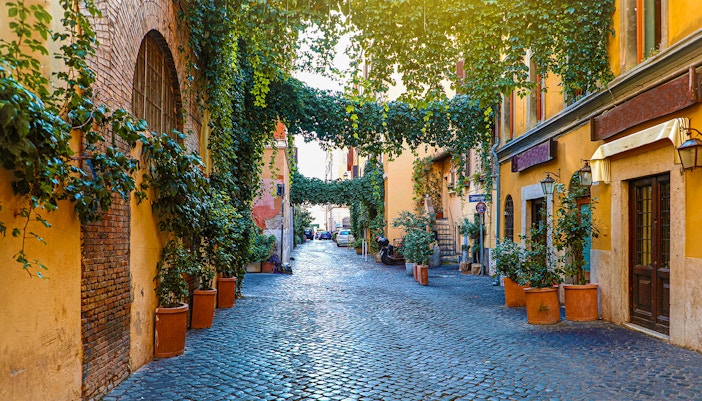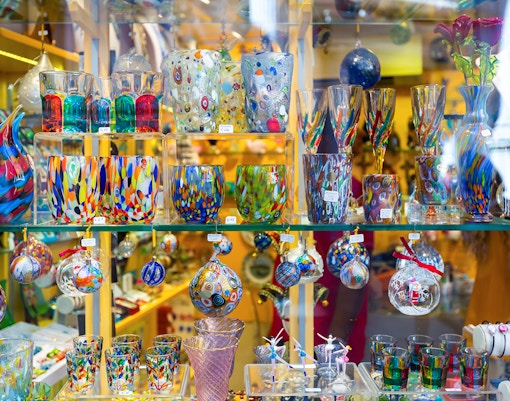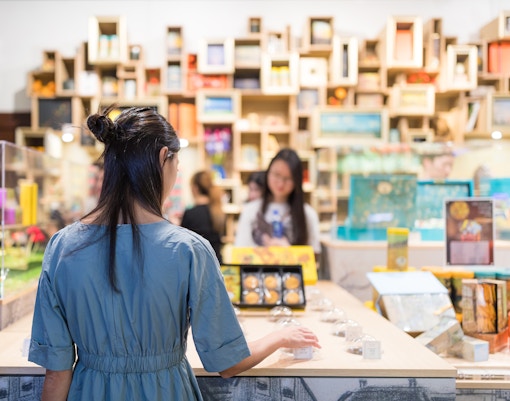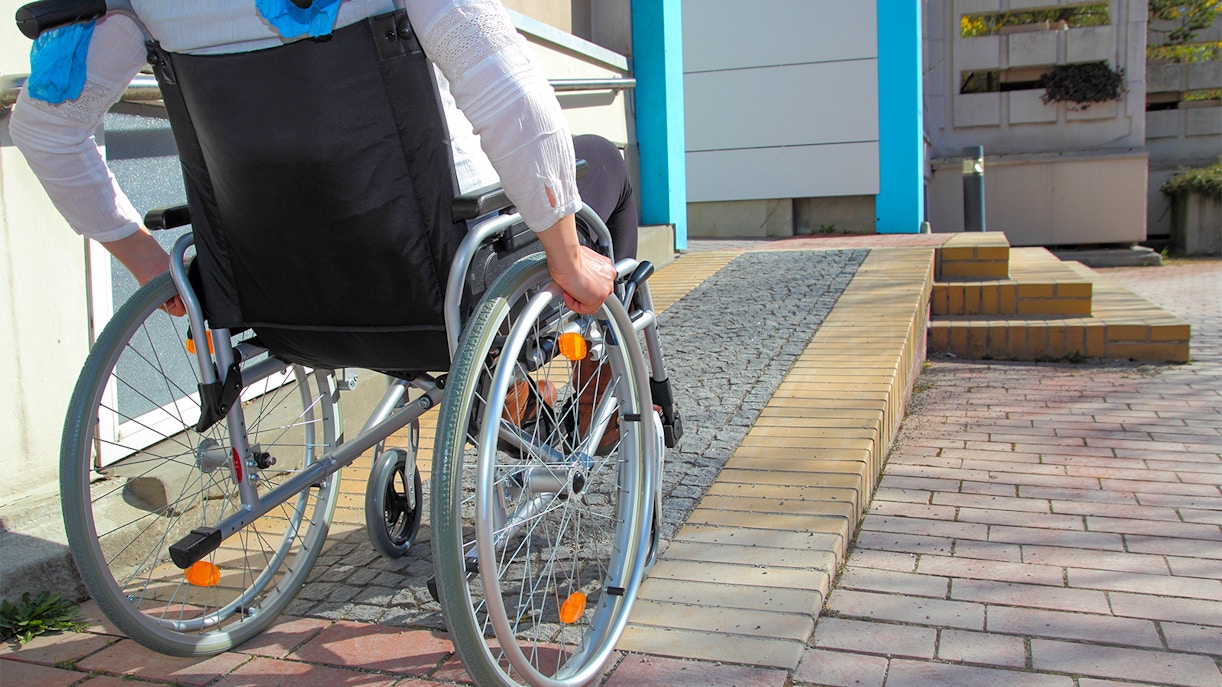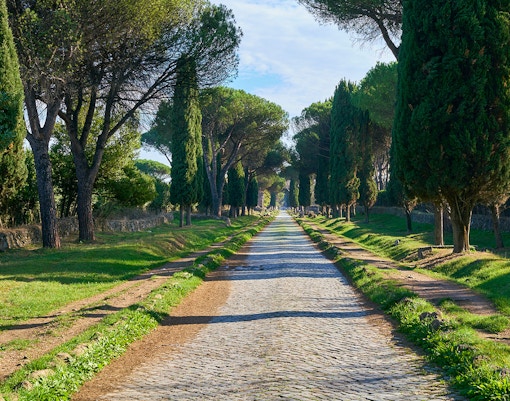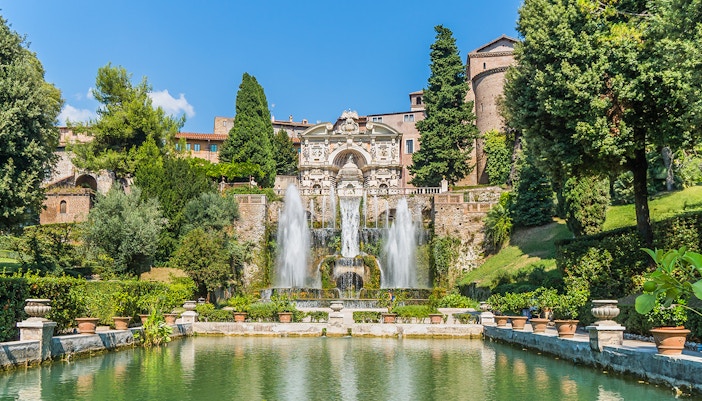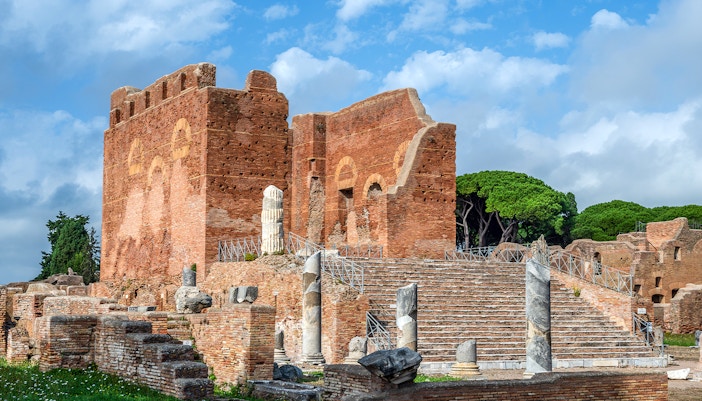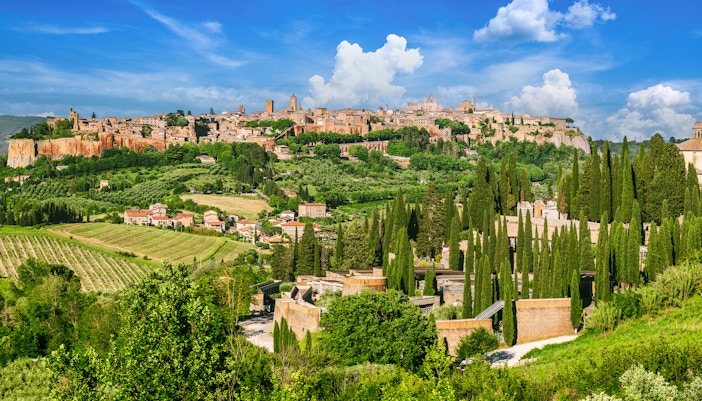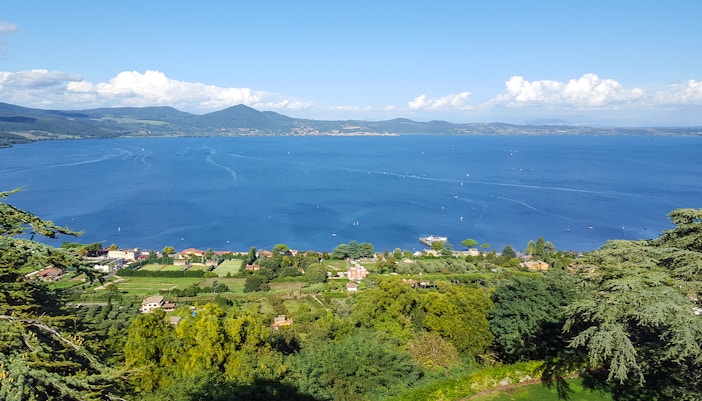- Expect: Mild days, blooming gardens, and a surge in visitors around Easter and public holidays.
- Highlights: Easter celebrations, cherry blossoms at EUR lake, and the city’s birthday (Natale di Roma) on April 21.
- Average temp: 16–23 °C (61–73 °F).
- Good to know: Crowds and prices rise around Easter and May holidays; book major attractions and accommodations in advance.
Best time to visit Rome
Peak season:
Rome’s peak period runs from May to early September, with warm temperatures, long queues, and higher prices. July and August can exceed 31 °C (88 °F), and major attractions stay crowded throughout the day. Booking tickets in advance, sightseeing early, and choosing central, air-conditioned stays help manage both the heat and visitor traffic.
Low season:
The low season falls between November and February, when cooler weather (3–13 °C / 37–55 °F) and shorter days reduce tourist numbers. Rain is more common, but queues are minimal and hotel rates drop. While some outdoor activities are limited, museums, churches, and winter events remain accessible, making it easier to explore Rome at a slower pace.
With its Mediterranean climate—hot summers, mild winters, and over 2,500 years of history—Rome offers something unique in every season. Here’s a month-by-month breakdown to help you pick the right time for your trip.

🌸Spring (Mar–May)

☀️Summer (Jun–Aug)
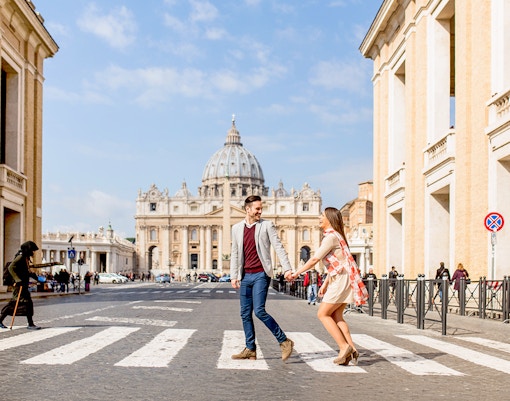
🍂Fall (Sep–Oct)



